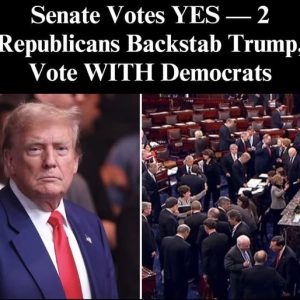A federal judge in California has permanently blocked the Trump administration’s plan to lay off thousands of federal workers, ruling that the move violated long-standing civil service protections. Judge Illson of the U.S. District Court for the Northern District of California found that the Office of Management and Budget (OMB) failed to provide sufficient justification for its proposed Reduction in Force (RIF), which sought to terminate as many as 10,000 employees during an ongoing government shutdown. In a 47-page opinion, Illson wrote that “federal workers cannot be subjected to arbitrary dismissal without due process,” concluding that the executive branch had overstepped its constitutional authority.
The lawsuit, filed by several major unions including the American Federation of State, County and Municipal Employees (AFSCME), argued that the administration’s plan amounted to an unlawful attempt to purge the federal workforce for political or fiscal convenience. Union leaders celebrated the ruling as a major victory for public employees and a defense of the rule of law. Approximately 4,000 workers had already received termination notices, with another 6,000 expected, but the decision halts all dismissals indefinitely.
In response, the White House condemned the ruling as “judicial interference” in executive branch operations and vowed to appeal. Administration officials defended the workforce reduction as a necessary step to streamline government operations, arguing that the federal bureaucracy had become bloated and inefficient. They also maintained that the president retains constitutional authority to manage the executive branch, including personnel decisions.
The decision has ignited a broader national debate over executive power and judicial oversight. Supporters of the ruling say it reinforces civil service independence and prevents politicized firings, while critics warn it could hamper future presidents from managing the federal workforce during budget crises. The case, now headed for appeal, could set a major precedent in defining the limits of presidential control over federal employment.




